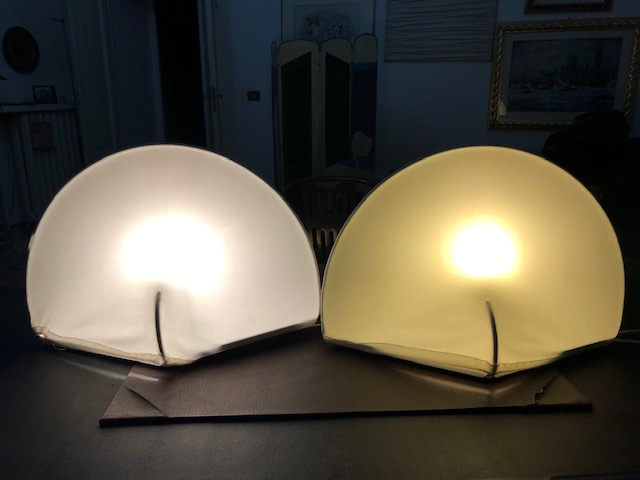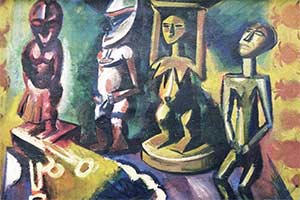Kazuhide Takahama, minimalist designer
Prof. Francesco Carelli, University of Milan
Born in 1930, Kazuhide Takahama studied architecture in Tokyo. After graduation he joined Kazuo Fujioka’s studio. In the year 1957, he came to Italy to supervise the architectural design of the pavillon with which Japan participated for the first time at XI Triennale in Milan, where he met the designer and entrepreneur Dino Gavina with whom he embarked on a professional collaboration that would last for a lifetime. In 1964 moved to Bologna and went to work as a designer of furniture and lamps in the San Lazzaro factory.
In 1968, Gavina to Knoll International, his society Gavina SPA, with its factory in Foligno designed by Achille Castiglioni, and founded together with Maria Simoncini, the manufacture Simon International ( later bought by Cassina ) and the following year opened, in Bologna, the commercial exhibition center named after Marcel Duchamp, with the participation of the famous Dadaist painter and photographer Man Ray. In these situations, he was able to collaborate with the famous architect designer Carlo Scarpa and in the following years he carried out an intense professional activity that led to the realization of furniture and lamps of various types that still constitute as many works of art, always characterized by a great simplicity and formal cleanliness and vey rigorous like the Zen compositions. His colleagues thought he was so silent that he was called “the stone man” but his presence was clearly perceptible when entering a room.
Kaori lamp, 70s, mod. 1930, metal and white stretch fabric.. Designed by Kazuhide Takahama in 1973 for Sirrah, the famous Saori ( Kaori ) model wall lamp is an example of refined minimalist design of its time, an ethereal and allusive geometric entity, an ideal of abstraction with an enveloping and never predictable visual impact, unique in the panorama of wall lighting. It is an unadorned and essential square of steel that protrudes convex with respect to the edge of the wall and is covered with a diffuser in white stretch fabric. In the center stands a sign, a line, a cut that brings to mind the works of Lucio Fontana, the father of spatialism, to whom perhaps the Japanese designer was inspired.
Such a lamp absorbs the whole totally the wall on which it is placed, so assuming a leading role in any environment it is inserted, given its ability to abstract from the context and its ability to redefine the space with power. An object with a metaphysical flavor, vague and allusive, with diffused and dimmable light



